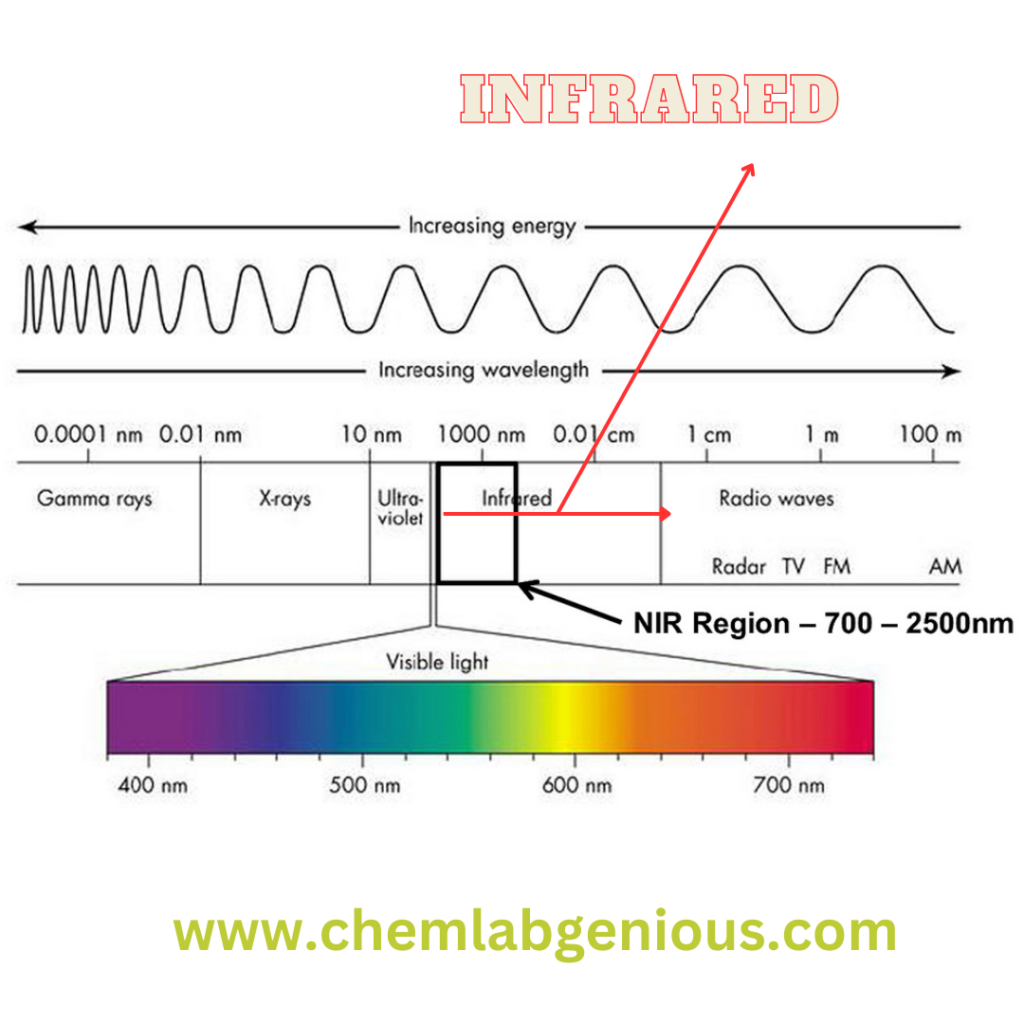Principle of ICPMS
Inductively Coupled Plasma Mass Spectrometry (ICP-MS) is an analytical technique that combines inductively coupled plasma (ICP) with mass spectrometry for elemental analysis. The principles of ICP-MS involve several key steps: 1. Sample Introduction: 2. Ionization in Inductively Coupled Plasma (ICP): 3. Formation of Ions: 4. Extraction of Ions: 5. Mass Separation: 6. Detection and Quantification: …

